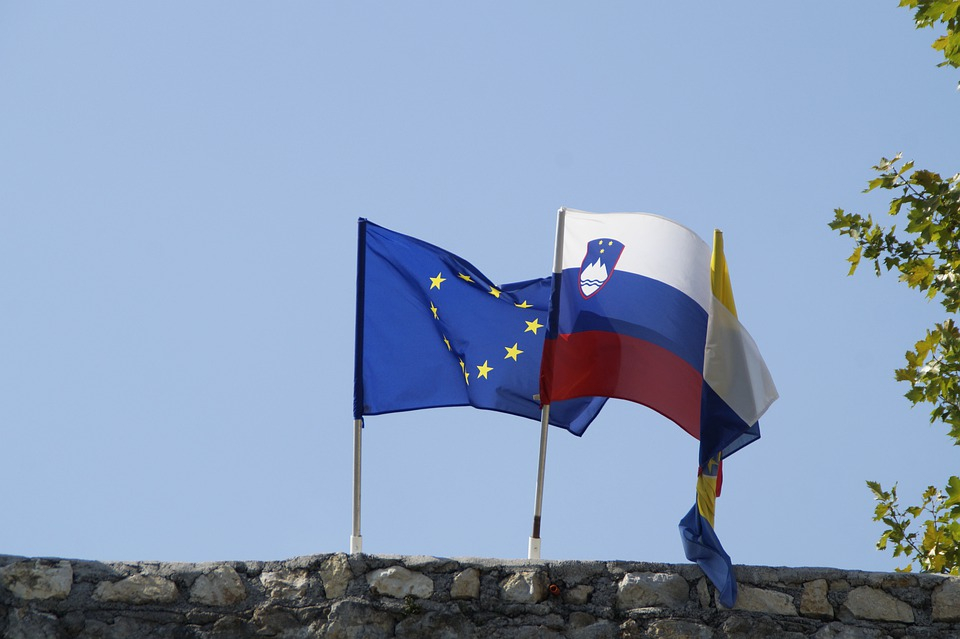As Poslovni Dnevnik/Marija Brnic writes, statistically speaking, ”last year” isn’t quite over yet, but it is already clear that 2021 was a record year in economic relations with Croatia’s most important foreign trade partners, in which Italy returned to first place on the list of the main Croatian export markets.
Last year will also be recorded as a time when perhaps the strongest shift was achieved in relations with neighbouring Slovenia, especially when it comes to Croatian exports.
Economic relations between the two neighbouring nations are traditionally good, but in the first ten months of 2021, the Central Bureau of Statistics recorded that trade increased sharply and in absolute terms greatly exceeded the level of the pre-pandemic year of 2019, and if the trend did continue in November and December 2021 (which is yet to be confirmed), it is likely that the total exchange will exceed the results of the record year of 2019. In the case of Croatian exports, this has already happened.
From January to October 2021, as much as 1.808 billion euros worth of goods from Croatia were exported to Slovenia, 171 million euros more than during the whole of 2019, which was a record, and if you look at the same period in that year, the result is better by as much as 452 million euros.
Speaking in percentages, back in 2020, in the conditions of the then very slow and unstable economic life, Croatian exports to Slovenia stopped their growth for the first time in more than a decade and had a deficit on an annual basis (of about 6%), but last year, in that 10 month period, it grew by 42% on an annual basis), largely making up for lost time, so compared to the same period, Croatian exports to Slovenia were higher by 25%.
This result gains even more strength and weight if compare it with Croatian exports to Germany, the second market for domestic products, which in those first 10 months of 2021 amounted to only slightly more. The reason for the convergence of sales values to these two markets should not be sought in the negative trend with Germany, since Croatian exports had a better performance here as well.
What was the generator of accelerated growth of foreign trade between Croatia and Slovenia, you may ask? The Croatian Chamber of Commerce assesses that the step forward in trade relations at the general level, and thus in relations with Slovenia, was greatly contributed to by the increasingly pronounced trend of rising global prices.
“According to the analysis of the structure of Croatian exports to Slovenia, the causes of this growth can be mostly attributed to the increased value of the exports of petroleum oils and oils derived from bituminous minerals and electricity, which is due to a significant increase in energy prices on the global market last year.”
The CBS states that electricity worth 45.7 million euros was exported to Slovenia in 2019, as were petroleum oils and oils obtained from bituminous minerals, worth 15.5 million euros. In the first nine months of 2021, electricity was exported in the amount of 183.3 million euros, and petroleum oils and oils obtained from bituminous minerals were exported in the amount of 67 million euros.
A different structure of exports
At the same time, there was a smaller increase in Croatian exports of aluminum products, various plates, sheets and strips, despite the strong rise in metal prices. They illustrate this with the fact that in the observed period of 2021, these goods were exported worth 118 million euros, while in the conditions of much lower prices back in 2019, the result is only slightly weaker, 110 million euros.
The value of Croatian exports of parts and accessories for motor vehicles, as well as glass products, they say, is declining. It’s worth mentioning that in the structure of products in 2021, according to available data, electricity had the largest share (11.8%), and compared to the data on the structure from the previous year, in which it was not among the main export products, it exceeded the traditional main export products – aluminum plates and sheets (7.6%), and parts and accessories for motor vehicles (4.8%), and medicines and chocolates, which last year were not even among the top five products for the Slovenian market.
The automotive industry was going through a turbulent period last year, so Croatian manufacturers, the largest of which is AD Plastik, which cooperates with Revoz, slowed down its sales.
New jobs are now growing, especially in the services segment. Sasa Muminovic, President of the SLO-CRO Business Club, and a member of the Management Board of AquafilSLO and President of the Management Board of AquafilCRO in Oroslavje, a member company of the Italian group Aquafil, says the same. A survey conducted by this association among Slovenian and Croatian businessmen at the end of 2021 reveals a number of interesting things about how they see each other.
The characteristics of their neighbourly relationship
What characterises these relations is that Croatia is Slovenia’s first country when they decide to enter foreign markets, and not, for example, Italy or Austria. Moore than half of the respondents estimated that they don’t really see a difference in the business climate between these two countries, and as many as 62% of Slovenian businessmen believe that there are no obstacles to doing business in Croatia, while 26% find those obstacles in the country’s infamous administration.
The answers are similar on the Croatian side, but both sides, which Muminovic points out are important, believe that economic relations are not disturbed by politics (only 6.7% of Slovenian and 2.6% of Croatian businessmen think differently).
For more, check out our dedicated business section.









